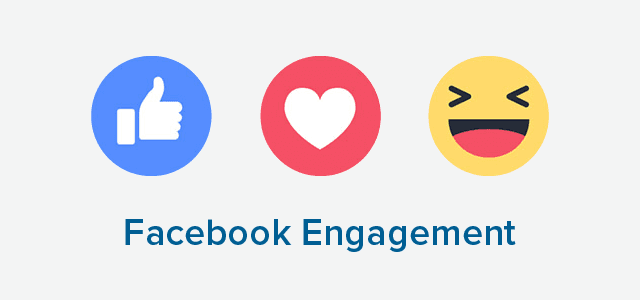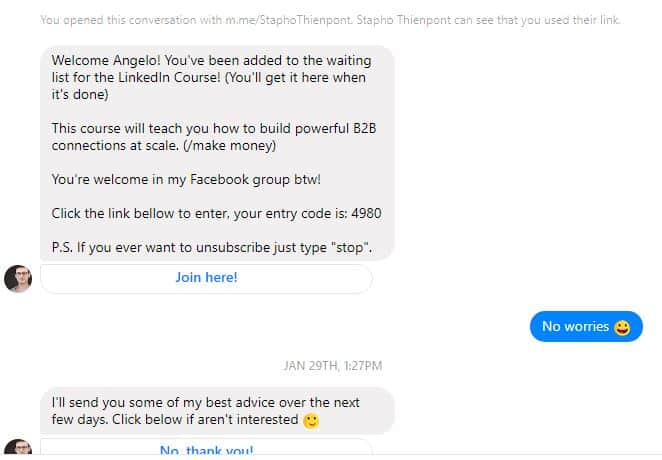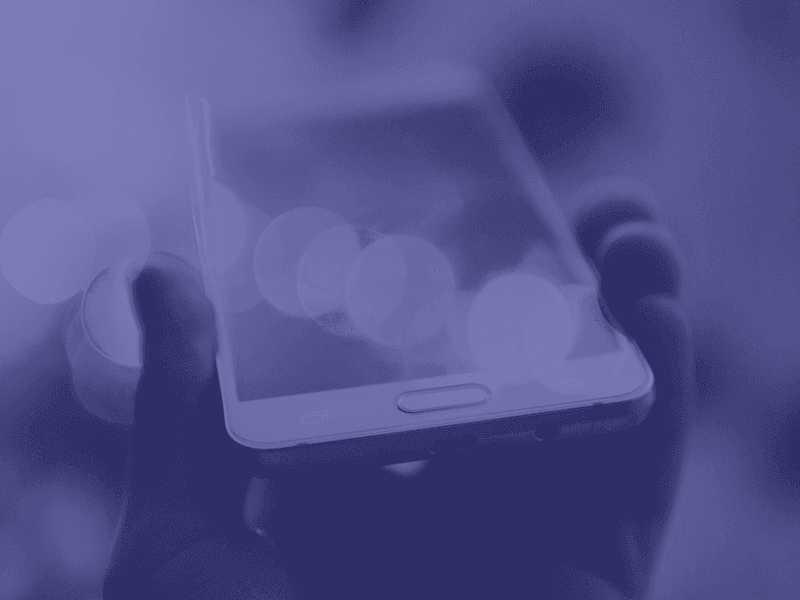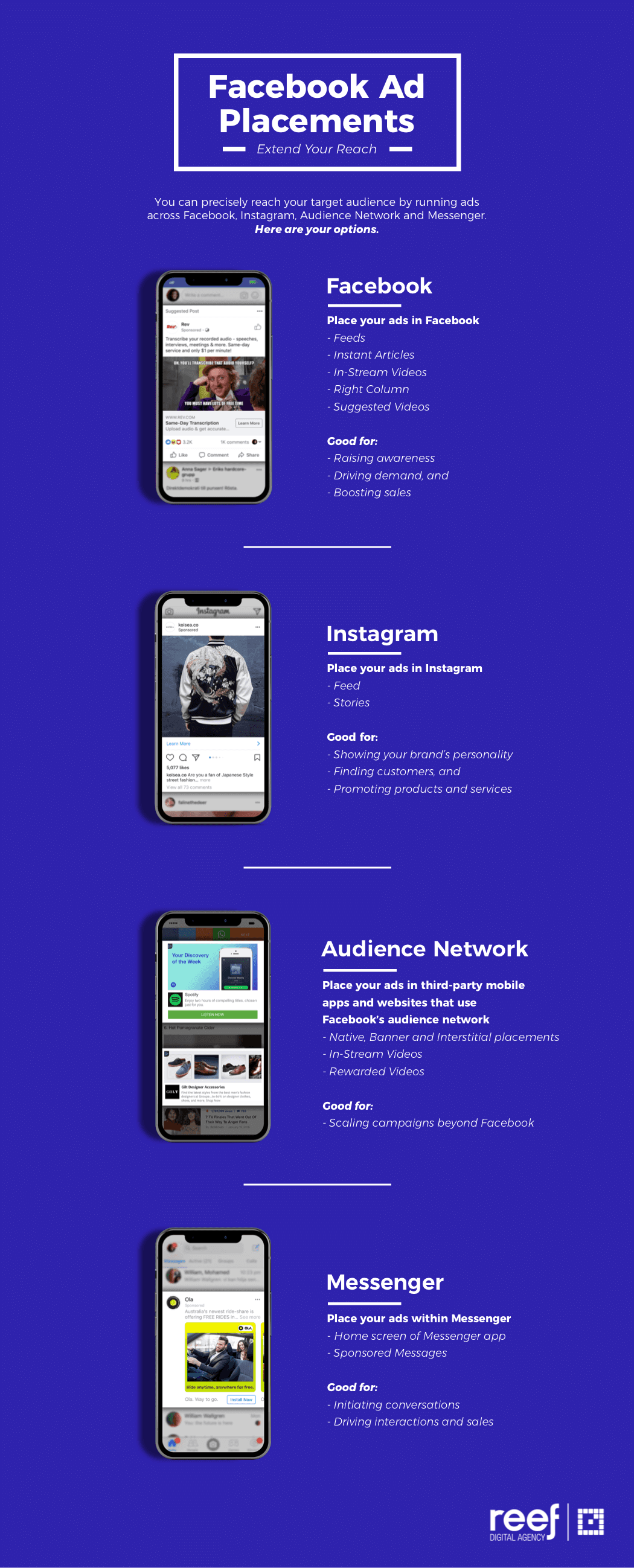At the start of the year, Mark Zuckerberg announced a news feed change and caused a big panic about the organic reach of posts.
According to the announcement, Facebook will prioritise posts from friends and family over public content. As a result, Pages may see their reach, video watch time and referral traffic decrease.
Should we worry? From my point of view, no.
Why?
For Facebook, it has been a constant concern that people are spending less time on the platform on a daily basis. As publishers and advertisers continue increasing their exposure on Facebook, users aren’t as engaged as they used to be when Facebook was all about their friends and families.
So this change makes sense: only when Facebook makes an effort to re-engage its users will the value of Facebook advertising continue to grow.
That being said, this change does pose a challenge to advertisers: you will be facing more competition, with less inventory, which means you need to be more strategic with your campaigns, how you position your brand and your targeting methods.
In this article, I’ll be sharing 4 ways to help improve the performance of your Facebook ad campaigns. We’ll be talking about Facebook’s various ad placements so here’s an infographic explaining your options before we get started.
#1. Placement – The Dilemma of Choice
Facebook offers you four major ad platforms to ‘choose from. They are: Facebook, Instagram, Audience Network and Messenger. Under each platform there are specific placements.

You might be a bit confused, with so many choices, as to which one/s you should choose for your campaign?
It’s recommended by Facebook to spread your ads across all placements, as the platform will try and optimise the campaigns based on your goals, be it impressions, clicks, or conversions.

Technically this is true, because you will only really know how effective a placement is when you’ve tested all possible options and analysed the performance data. Things like:
- How much each placement spends
- How many impressions, clicks and conversions you get for the spend
- How customers respond to the ads on each placement
If you are armed with resources (budget, creative design, time etc.) and can cast the net wide, or if your main focus is maximum reach, yes, test every placement and make sure your ad creatives are tailored according to the placements.
However, if you have a limited budget, or very specific goals such as website traffic, conversions or cost-per-click (CPC), starting with the Facebook Feed and Messenger Home placements will be your best choice as these give you the highest quality user attention.
Tactic #1 Recap: If spreading your ad across all placements isn’t right for you, start with just the Facebook Feed and Messenger Home Placements.
#2. Split Testing – A More Scientific Approach
Split testing is vital to paid advertising, landing page optimisation and email marketing. It’s fair to say “no testing, no improvement”.
On Facebook, you can split test manually by testing different ad creatives, audiences and optimisation strategies, then review the data to inform your next move.
Alternatively, you can also set up split testing campaigns using Facebook’s split testing function.
How do you do that?
When creating a new campaign, you can choose to test either creative, placement, audience or optimisation strategies:

Split testing helps avoid the early optimisation bias when the Facebook algorithm starts favouring certain creatives or placements based on initial campaign data, which makes it harder to get an equal distribution for all your variables. (Posts that get more initial reactions will start outperforming others, see Facebook Algorithm Demystified.)
Tactic #2 Recap: Facebook Split Testing is a more objective way to get unbiased data for your variables.
#3. Creative – Winner Takes It All
Remember the Pareto Principle? It goes like this: 80% of the effects come from 20% of the causes.
For example:
- In a city, 20% of roads will be used by 80% of people
- In a country, 20% of people will have 80% of the wealth
- In business, 20% of your customers will give you 80% of your revenue, and so on
Does this also apply to Facebook ads?
Yes, very likely.
When you have completed your testing of placements, audience targeting configurations and creative, you’ll finally finetune a few best performing ads that generate the most engagement and conversions. (Interesting read about Unicorn Targeting Strategy from Larry Kim).

Because these are proven winners, they can become your assets which you can continue using to gain even more engagement for a lower cost.
As social as Facebook is, the more people engage with your sponsored posts positively through reactions, comments and shares, the more likely other people will pay attention to you, which results in even greater engagement and a huge uplift in your brand and overall conversions. The Facebook algorithm wants to amplify what’s already working well, so promoting your already successful content gives you more and more reach.
Be careful though, if you decide to change an ad that’s currently running, those changes will reset all your engagement data!
This is why it is so important to make sure that your ads are correctly setup from the start, so as not to waste your earned (paid) engagement merely due to ad changes.
Tactic #3 Recap: Engagement on Facebook is so valuable because it’s deeply written into its algorithm. Nurture your engagement by carefully targeting from the outset.
#4. Chatbots and Messenger Placements – Be A Human
A chatbot is a computer powered tool that simulates human conversations. Businesses use chatbots to communicate with their customers without actual human input.
In fact, it’s a secret weapon for businesses to deepen the engagement with their Facebook followers, and a powerful accompaniment to the Messenger ad placement.

The current open rate and CTR for messages and chats are extremely high because it’s a text message sent directly to an inbox, it’s instant, and somewhat personal.
People are not used to receiving chatbot messages yet, so it’s still quite fresh, comparing to ads in the feed, or emails.
Key things to keep in mind are that you need to be very considerate about who, when and how you send those messages, as it’s a very personal space. Always ask for permission, stay highly relevant, build relationships first, and then sell softly.

If you want to learn more techniques and case studies, check out this awesome article: Ultimate Guide to Facebook Chatbots.
Tactic #4 Recap: Consider using a chatbot with the Messenger ad placement if it helps connect the dots of your customer journey and enhance their experiences.
Facebook advertising is a powerful tool for raising awareness, driving leads and generating sales. Consider trying out these four tactics to boost your results, and please share any additional ideas you have in the comments below. Happy optimising!

